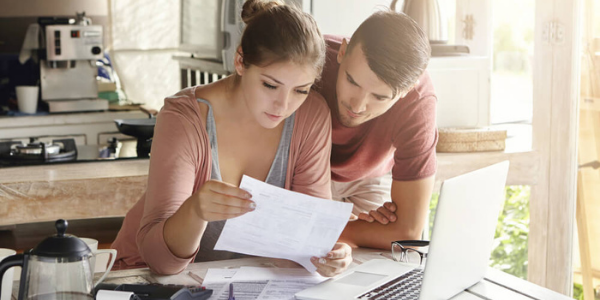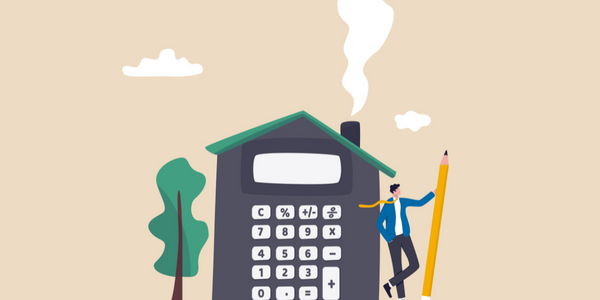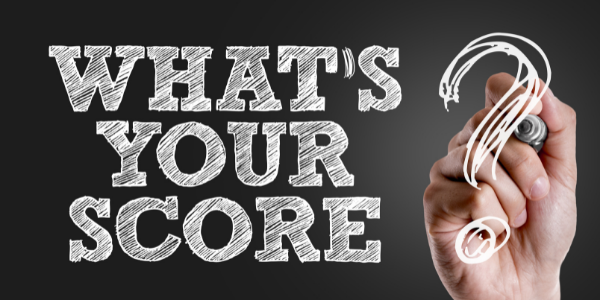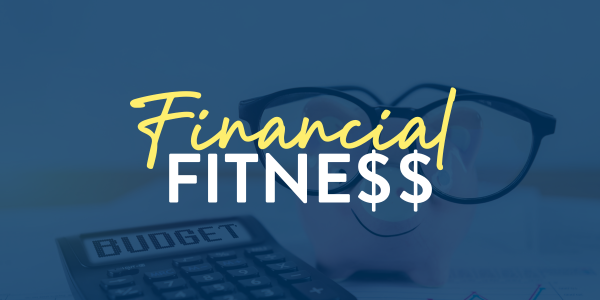
You finally found your dream home and are ready to start down that road to homeownership. It’s such an exciting time! … But then there are the fees. Underwriting fees, application fee, origination fees, recording fee, appraisal fee, and many others. Closing costs include so many fees that you may start to wonder if you’re really as ready to buy a home as you thought you were.

Don’t let closing costs derail your dream. There are strategies and options out there that can ease the sting of these fees.
Read on to learn all about closing costs, creative ways to cover them, and some practical tips for saving money in those first few months of homeownership.
What Are Closing Costs?
Closing costs are the extra expenses beyond the home’s purchase price. Average closing costs generally range from 2% to 5% of the mortgage loan amount, though they can vary based on the area and the lender.
That means that, on a $400,000 loan, the closing costs may range from $8,000 to $20,000—a figure that can take homeowners by surprise if they have not adequately budgeted for it.
Closing costs usually include the fees mentioned above, in addition to property taxes, charges for title insurance, escrow costs, and more.
How Are Closing Costs Calculated?
Closing costs include all fees from your lender, as well as other third-party expenses.
They include things like appraisal fees and inspection fees, as well as adjustable fees that vary based on whether you’re paying for discount points, how many days of property taxes need to be collected, and other things.
You’ll get an estimate of your closing costs when buying a home. Your lender is required to provide this within three days of when you applied for a mortgage loan, and you’ll also receive a final closing disclosure before the loan closes that tells you the total amount.
How Do I Pay My Closing Costs?
Now you know what closing costs are, but how do you pay them and get the ball rolling on homeownership? There are a few ways.
Pay closing costs upfront (all loan types)
You can choose to pay the closing costs out of pocket—typically with a cashier’s check—on closing day. This will keep your loan rate intact and will prevent your mortgage (and payment!) from increasing, which happens if you roll closing costs into it.
Every situation is different, so you’ll want to consider whether this money could be put to better use through investing or covering the cost of your move. Your answer will depend on your preference, your financial situation, the size of your loan, and the additional fees you owe.
Roll closing costs into your loan (FHA loans but not VA loans)
As mentioned above, you can choose to roll closing costs into your new mortgage loan. The advantage of this is that you don’t have to come up with additional funds at closing.
This means you’ll have less of a burden financially now, but it will increase both your mortgage amount and monthly payments. It will also increase the loan-to-value ratio (the loan amount divided by the home value, shown as a percentage), which could impact your ability to qualify.
Have the lender pay closing costs (FHA and VA loans)
Did you know you can choose to have the lender pay the closing costs? This is known as a low-cost or zero-closing-cost loan.
Choosing this option saves you the extra funds now and does not increase your loan amount. These loans typically have a higher interest rate, however, which will mean higher monthly payments.
Creative Ways to Cover Closing Costs
Knowing how to pay closing costs is one thing. Actually coming up with the money to do so—should you choose to pay closing costs upfront—is another.
You can cover closing costs by:
- Utilizing down payment assistance programs: These programs vary by state and even city and county, but there are hundreds of programs that provide closing cost grants. More information on these programs can be found on the Housing and Urban Development (HUD) website.
- Tapping your 401(k): This isn’t a move to be taken lightly, but in some cases it may be strategic to borrow from your 401(k) to prevent further debt from racking up.
- Saving your tax refund: They say a tax refund is bonus money, but really it’s money that was yours all along. Put that cash to good use by covering your closing costs and ensuring that your mortgage and monthly payment won’t increase.
- Creating a homeownership fund: You can set aside a certain amount every month, or throw a little money in whenever there’s extra. You can also ask your friends and family to donate to it as a gift for, say, a wedding, graduation, or other milestone occasion.
Saving for a Home Purchase
When you’re saving up money to purchase a home, keep a few possible expenses on your radar. These include the down payment, closing costs, moving expenses, and your first couple of mortgage payments.
You don’t have to be overwhelmed by all these expenses. There are ways to keep these costs lower:
- Down payment: This could be lower than you think depending on the type of home loan you choose. Your loan officer can show you the options that you qualify for so you can make the best decision for your financial goals.
- Moving expenses: You can significantly reduce these costs by cleaning, prepping, packing, and moving yourself, without any hired help. Friends and family may also be an option if they’re willing to lend a helping hand—or a truck!
- Mortgage payments: There won’t be a monthly payment due during the first month of your mortgage. This gives you a little extra time to build up for your first payment.
Understanding the many facets of your mortgage loan is key before you sign your final documents. Closing costs and down payments should certainly be considered carefully.
There is a number called “cash to close” in the transaction, which combines all the closing costs and down payment money into one number. Be sure to take a look at that number and build it into your plan … and ask about alternatives early in the process.
APM Loan Advisors are happy to help you decide which option will best fit your situation. Chat with us today!







